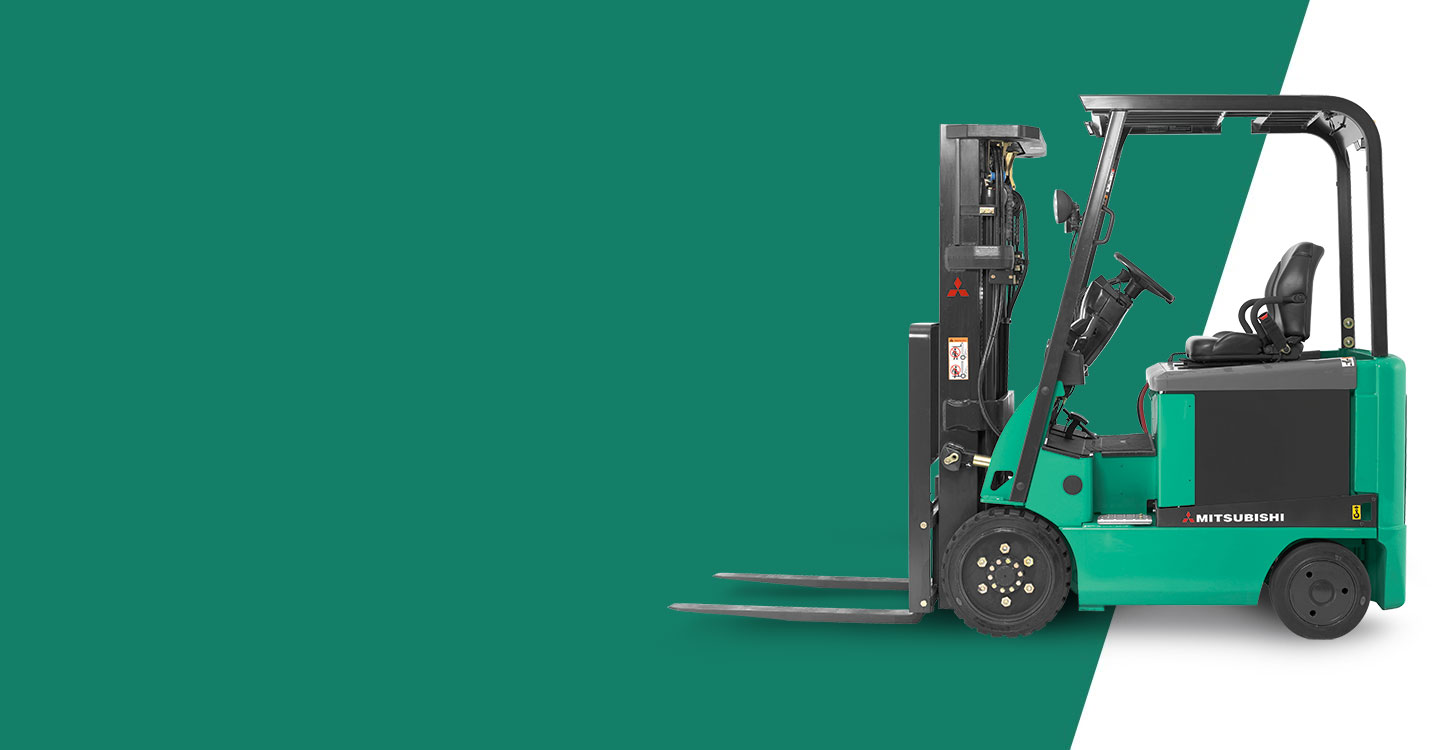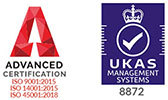7 Sustainable Warehouse Practices for a Greener Future
Sustainability has become a more prevalent topic in recent years, and for good reason. Climate change and its detrimental effects have been felt and become evident more so now than ever, which has placed more of an importance on practising sustainable living and reducing our carbon footprint. Where most of us are carrying out eco-friendly jobs at home, it doesn’t stop there.
We need to ensure that as much is being done in the workplace as is being done in a domestic setting to help save the planet. You might even find that being sustainable in the workplace will help to set you apart from your competitors, because an increasing number of customers look to eco-friendly businesses rather than companies who don’t practise sustainability.
According to SmartestEnergy, 4 out of 5 people said that they’d rather choose a brand that took a positive approach to environmental sustainability. The same source also stated that 81% of people would prefer to buy goods and undertake services from sustainable companies. With this in mind, it seems to be more important now than ever before to practise sustainable warehousing, and we’re going to tell you how.
1. Be as energy-efficient as possible
Energy efficiency comes in many different forms. From the lightbulbs you choose to insulating your premises, there are plenty of things you can do to make sure that you’re being energy efficient. To promote a greener future, switch out your original lightbulbs for LEDs.
You should also invest in insulating your commercial property to keep the heat in and the cold out. If you can retain as much heat as possible, you’ll have no need to keep turning the heating on, and the same goes for the summer months. A well-insulated property will keep the premises cool when the weather turns warm, so you won’t have to keep running the air conditioning.
Insulation will benefit you in terms of energy efficiency in more ways than one, but it’s often overlooked in a warehouse setting. You should also choose energy-efficient equipment, such as electric-powered warehouse machinery, including electric forklifts. This means that you’re relying less on diesel forklifts, which give off harmful emissions. Electric forklifts give off zero emissions, so it’s better for your carbon footprint and for the planet.
2. Reconsider how you dispose of warehouse waste
What you should think about when it comes to disposing of your warehouse waste is the RRR rule. The RRR rule essentially stands for: reuse, recycle and reduce. This means that you should do your best to reduce the amount of waste you’re producing, recycle as much of your waste as possible and reuse what you can, when you can. For example, cardboard boxes can be reused time and time again until they begin to break down. Once they have, recycle them so that they can be turned into new products.
Reducing the amount of waste you produce is also easy, especially if you switch out some products for reusable ones. Reusable boxes, pallets and other items will help to reduce the amount of waste you’re producing. You should also look to reuse plastic wrapping rather than throw it all into landfill. Not only will this help to save the planet, but you will also find that you’ll start to benefit financially.
You will no longer have to keep ordering packaging items on a regular basis. The more you reuse, the less you spend on new materials. Also, making new packaging materials has an effect on the environment, especially if you consider the machinery and materials that are used to produce new items. Either way, practising the three R’s is essential to sustainability for a greener future.
3. Try reusing grey water
Grey water is water that is collected from rainfall. You can do this by connecting a water butt to your drain pipes so that it can be collected and reused as easily as possible. People use grey water to fill their toilets, water their plants and even to wash their fleet of warehouse equipment. Either way, it’s better than running fresh water from the tap to carry out mundane tasks where clean water isn’t necessarily needed.
4. Train your employees for sustainability practices
One of the most effective ways of practising sustainability for a greener future is to make sure that your employees are aware of how they can reduce their own carbon footprint, on a more individual basis, in the warehouse. Involve employees in green initiatives, from car sharing schemes to encouraging waste reduction and recycling, your employees play a huge role in the sustainability of your warehouse and in ensuring a more green future. You might even find that they start practising these things at home as well as in the workplace.
5. Rethink your warehouse layout
Making sure that your warehouse is laid out appropriately can help to reduce your carbon footprint. You might be wondering why, so let me explain. If you’re using LPG forklifts or even diesel forklifts in the warehouse, then the shorter the distance it travels, the better it is when it comes to the emissions it gives off.
With this in mind, place your most popular items closer to entrances and doorways, so that your forklifts aren’t travelling too far into the premises to pick orders. The more popular the item is, the more often you’ll need to get access. By placing them closer to where your forklifts are located, you’ll be travelling less of a distance to get there.
6. Make the switch the electric forklifts or LPG forklifts
Something you should do is replace your diesel forklifts with electric forklifts and LPG forklifts. This doesn’t just go for forklifts, but it also refers to warehouse equipment. Where most reach trucks and order pickers, for example, are all electric these days, there are still some pieces of machinery that run on diesel.
If you’re still using diesel-powered forklifts or diesel-powered warehouse equipment, then switch them up for LPG-powered alternatives. LPG material handling equipment is just as powerful and capable of handling heavy loads as diesel-powered machinery. The difference is that LPG-powered equipment is far better for the environment in comparison.
7. Switch up the packaging you’re using
If you’re looking to implement sustainable practices that will stay in place for the foreseeable future, then switching up the packaging you’re using is a great start and is an extremely easy thing to keep up through the years. Swap your plastic wrapping for cardboard or paper and make a move towards reusable materials, like boxes and other things that can cover pallets to protect them, like tarpaulin, for example.
Multy Lift has over three decades of experience in the material handling industry, providing customers throughout the UK with high-quality material handling equipment that will stand the test of time. We have a wide range of different warehouse machines available, from stackers and pallet trucks to forklifts and commercial cleaning equipment. For further information about how we can help you today, get in touch with a member of our friendly, professional team – we’re always pleased to hear from you.






